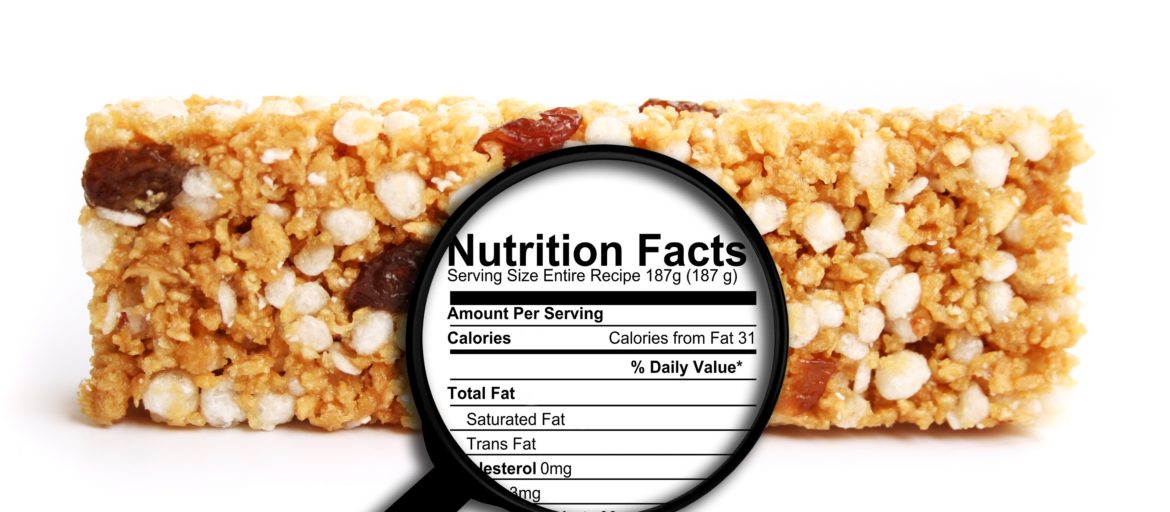Macular degeneration can be a very worrying prospect and it’s easy to feel overwhelmed. Over time it can get worse and leave lasting damage to the eyes. While it can be difficult to spot the early signs of age-related macular degeneration, it’s of utmost importance that you are wary and prepared. This article will explain everything you need to know about the first signs of the condition.
What is Macular Degeneration
Macular degeneration or Age-related Macular Degeneration (AMD) is a disease that affects and damages the retina and can lead to both vision impairment and total vision loss. They come in two forms: wet form and dry form. Unlike eye diseases like cataracts, there is no actual cure for AMD, which makes catching and treating it early, all the more important.
What Are the First Signs of Macular Degeneration
In the beginning, it can be difficult to find any notable symptoms or signs. However, once the disease becomes more prevalent, you may notice the following symptoms:
- Dark, blurry areas or whiteout that appears in the center of your vision
- A worse or less clear vision. Your vision might be blurry, and it may be hard to read fine print or drive.
- In rare cases, you may have a change in your perception of color
As it is a disease that reveals itself with age, it’s important to act preemptively. If you are over the age of 45 years old, it is recommended that you have regular check-ups with your eye doctor at least every 2-4 years.
For a central Florida Eye Specialist, contact Dr. Michael Lange
Treatment
While there is no permanent cure for AMD, there are several treatment options available that can help slow the disease and protect your eyes. These are most effective when administered early on in the disease’s life.
Anti-angiogenic drugs
These drugs stop new blood vessels from forming and blocking the leaking from the abnormal vessels that cause wet macular degeneration. The procedure is done with an injection of the drugs into the eye. In some cases, patients have been able to successfully regain lost vision caused by AMD.
Laser therapy
This treatment uses a high-energy laser light that can destroy abnormal blood vessels caused by AMD.
Nutrition for macular degeneration
Another powerful tool to fight macular degeneration is nutrition. The things we put into our body can affect our health and that’s true for the eyes as well. The study by the National Eye Institute of the National Institutes of Health or AREDS (Age-Related Eye Disease Study), highlighted the benefits of the new areds2 formula. It has vitamin C, zinc, copper, lutein, zeaxanthin, and vitamin E. Eye nutrition supplements like Fortifeye are a great option to improve levels of these vitamins.
This is the list of foods to aid in nutritional support of the retina:
- Alaskan salmon with virgin coconut oil, add some organic baby kale.
- Orange bell peppers
- Free-range eggs
- Green tea or matcha with meals
- If you consume alcohol, choose an organic or biodynamic winery
- Berries and fruits
Organic kale that is gently cooked is a great source of lutein. Organic orange bell peppers and goji berries are high in zeaxanthin. Organic free-range eggs are high in lutein and zeaxanthin and are also high in phospholipids that improve the absorption of these eye-healthy nutrients. Wild Alaskan salmon is high in both astaxanthin and omega-3.
Green tea is high in polyphenols. Coconut oil is high in Lauric acid and medium-chain triglycerides, and red wine (specifically a Pino Noir from the northern states) is high in resveratrol.
Summary
Dr. Michael Lange has done significant research about nutrition for macular degeneration and helped through nutritional support with both proper diet and proper supplements. You can learn more at www.fortifeye.com
Book an appointment and prevent any problem in time!
Tagged as age related macular degeneration, amd, dry eye problem, Fortifeye vitamins, nutritional recommendations to their amd patients




